How to Choose the Correct Size AC Unit
Temperatures are soaring, and you want to beat the heat by any means necessary. But before you rush right down to the nearest box store to pick up an air conditioning unit, it's wise to do some research.
Air conditioning has come a long way from the massive window hogs of yesteryear. Modern AC units use less energy than ever before, providing relief from searing temperatures, removing humidity, and using less electricity. However, if you don't do your homework, you could end up with the wrong unit for your space and spend way more each month than you need to. Here's what to know before you buy.
How to measure AC power
AC filter sizes are measured in British Thermal Units, or BTUs, ranging between 5,000 and 12,000. The higher the BTUs, the greater the cooling power. The federal government EnergyStar program calculates BTU recommendations based on the square footage of your space. But measuring your space is only one factor that goes into choosing a unit. The height of your ceiling, the occupancy of the space, and the amount of sun or shade can also affect your decision.
What size AC unit do I need?
Though other factors are involved, the BTUs you'll need depend mainly on your square footage. For a room of 150 square feet or less, you'll need a model of 5,000 BTUs. For rooms in the range of 150 to 550 square feet, consider bumping up to 8,000 BTUs. You may be wondering what size A/C unit you need for 1,500 square feet, or what size A/C unit you need for 2,400 square feet. For spaces that large, you'll likely need as many as 12,000 to 14,000 BTUs. A general rule of thumb is 20 BTUs per square foot.
What other things should I consider when choosing an AC unit?
1. Windows
Homes lose 25% to 30% of their heat from their windows. If your space has large or multiple windows, you'll need to look for a unit with a larger cooling capacity.
2. Insulation
How's your insulation? If it's an older, less-insulated home, cooling it might not be as efficient and you might require a larger A/C unit.
3. Sun
Shadier rooms need 10% less power, sunnier rooms need 10% more. Higher ceilings (10 feet or more) also require an additional 25 percent BTU.
4. Placing the Unit
In window-mounted AC units, the appliance sits half-in and half-out of the window, held in place by a bracket, which divides cool air from hot. That's why it's essential that you measure your window and get the proper dimensions, so no air leaks out the frame.
5. Permanent or Temporary
What about when summer's over? If you have a window AC unit, you can either remove your unit at the end of the summer or buy a permanent mount, so you don't have to worry about replacing the air conditioner when hot temperatures hit. However, there are also portable air conditioners on wheels that come with a mounted exhaust hose in your window.
6. Condensation
Consider the condensation that the AC unit will produce as it pulls moisture from the air You will need to direct this moisture into an internal drip tray or an external drain hose.
7. Voltage
Most air conditioners these days don't require high-voltage electrical outlets. 120 volts, the standard US home voltage, is enough. However, if you don't have enough standard outlets nearby or have a lot of appliances plugged into them, you may need to call in an electrician to add some extra circuits.
8. Extra features
AC units these days have smart features like mobile app controls and voice commands. Some machines come with built-in ionizers to help fight seasonal allergies. You'll also find eco modes, scheduling, and Wi-Fi.
Noise
Be sure to check the decibel rating. Although air conditioners are quieter and more efficient than ever, nobody wants to be kept away by a clattering appliance at night.
With so many options to choose from, you may still have questions about which A/C unit is right for you. If so, contact Gainesville Mechanical today.
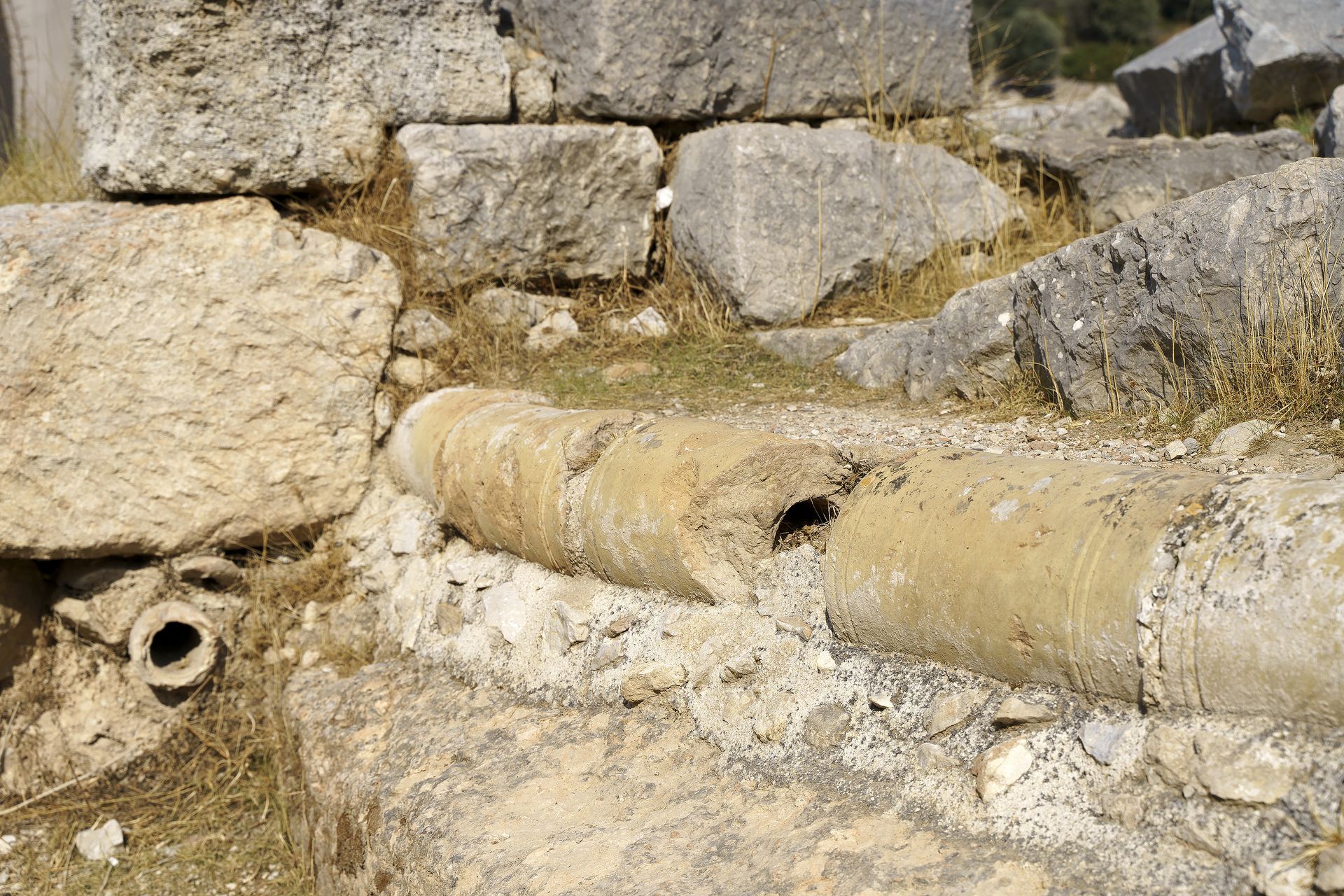


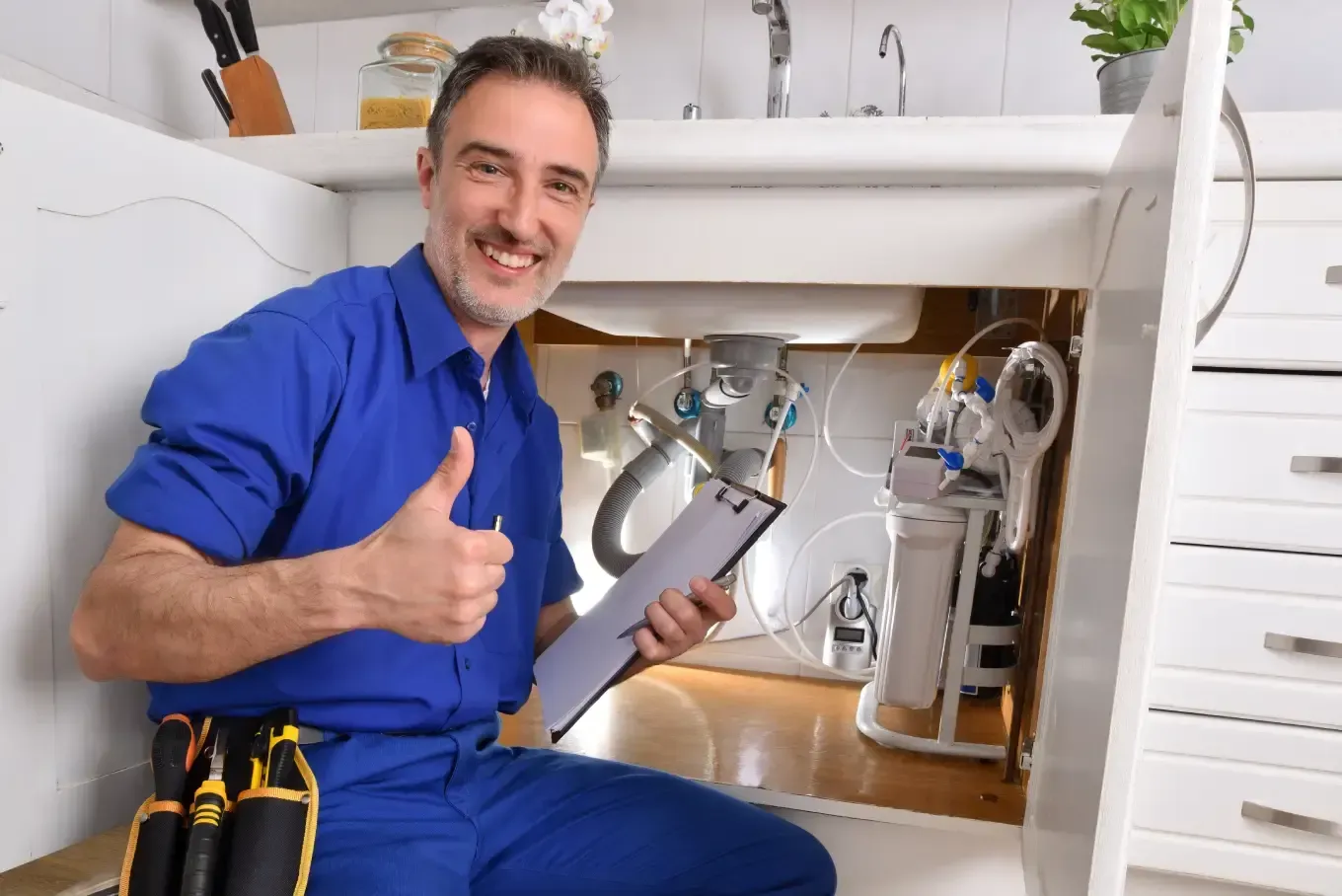
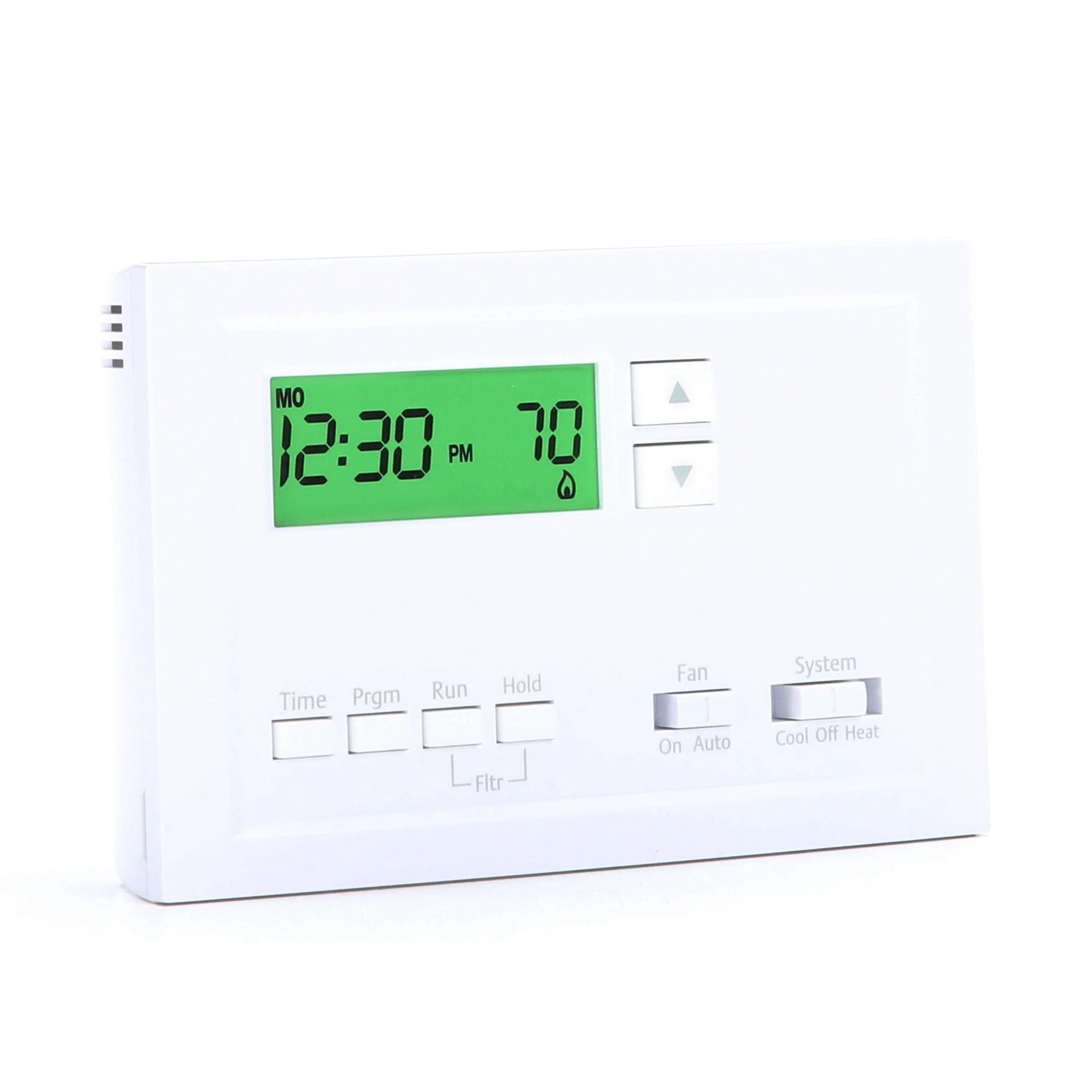
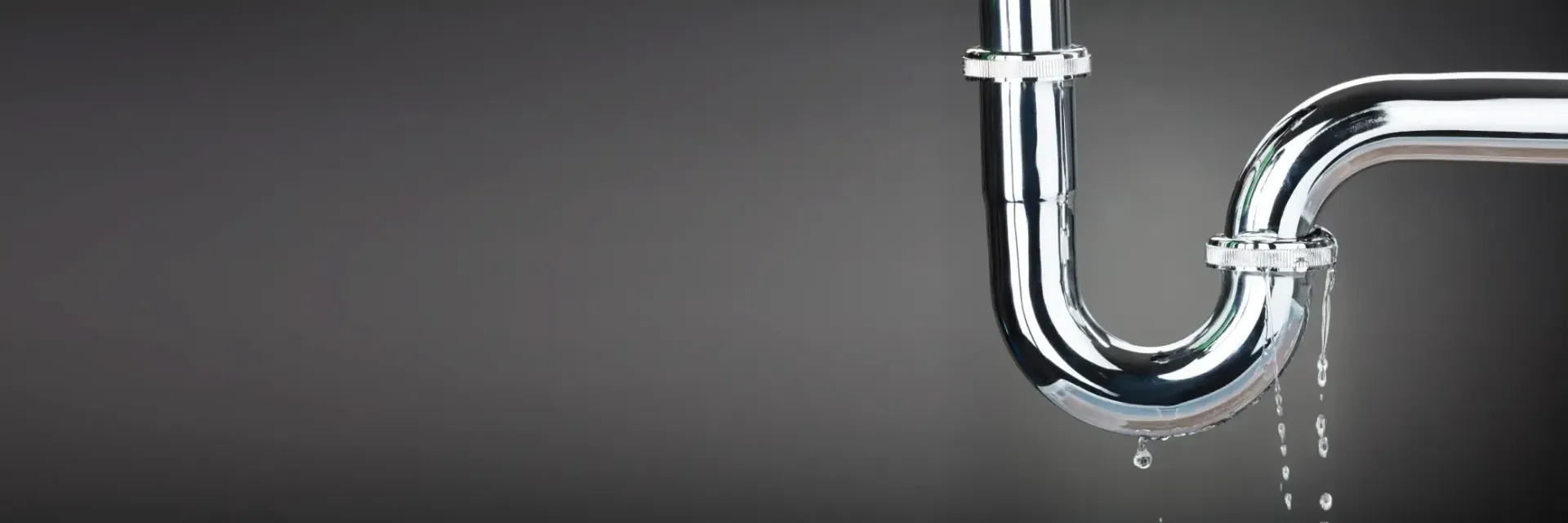
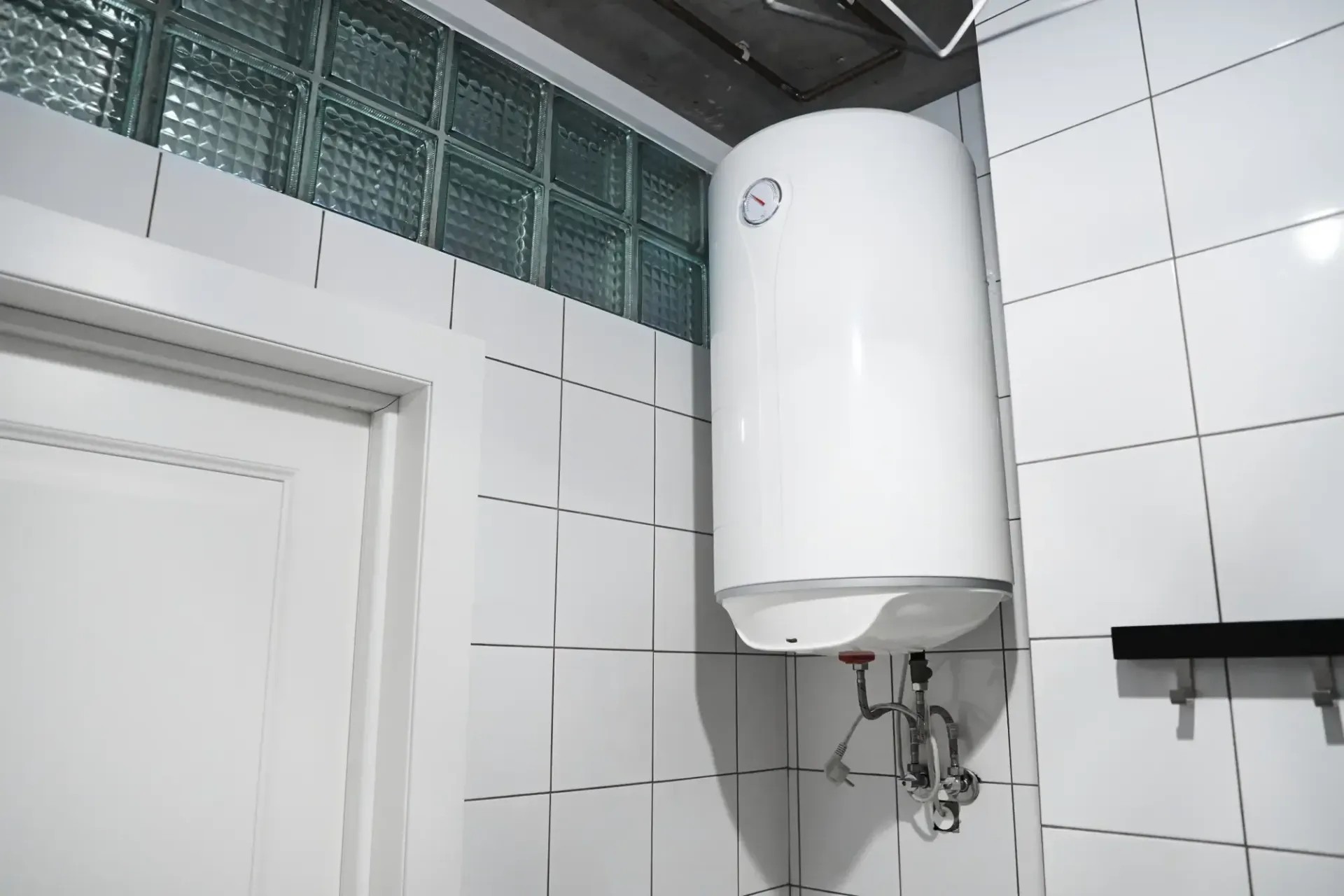
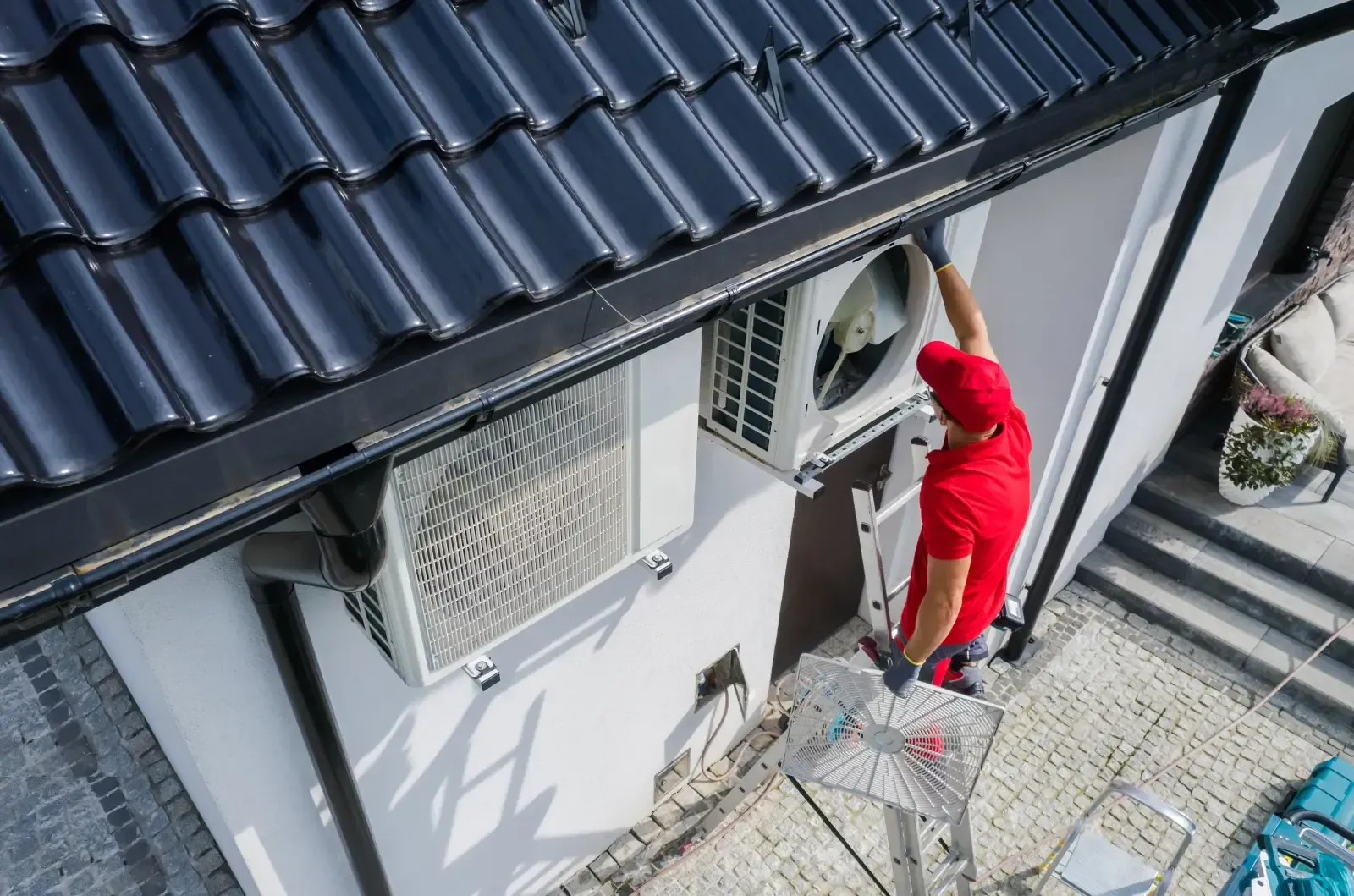
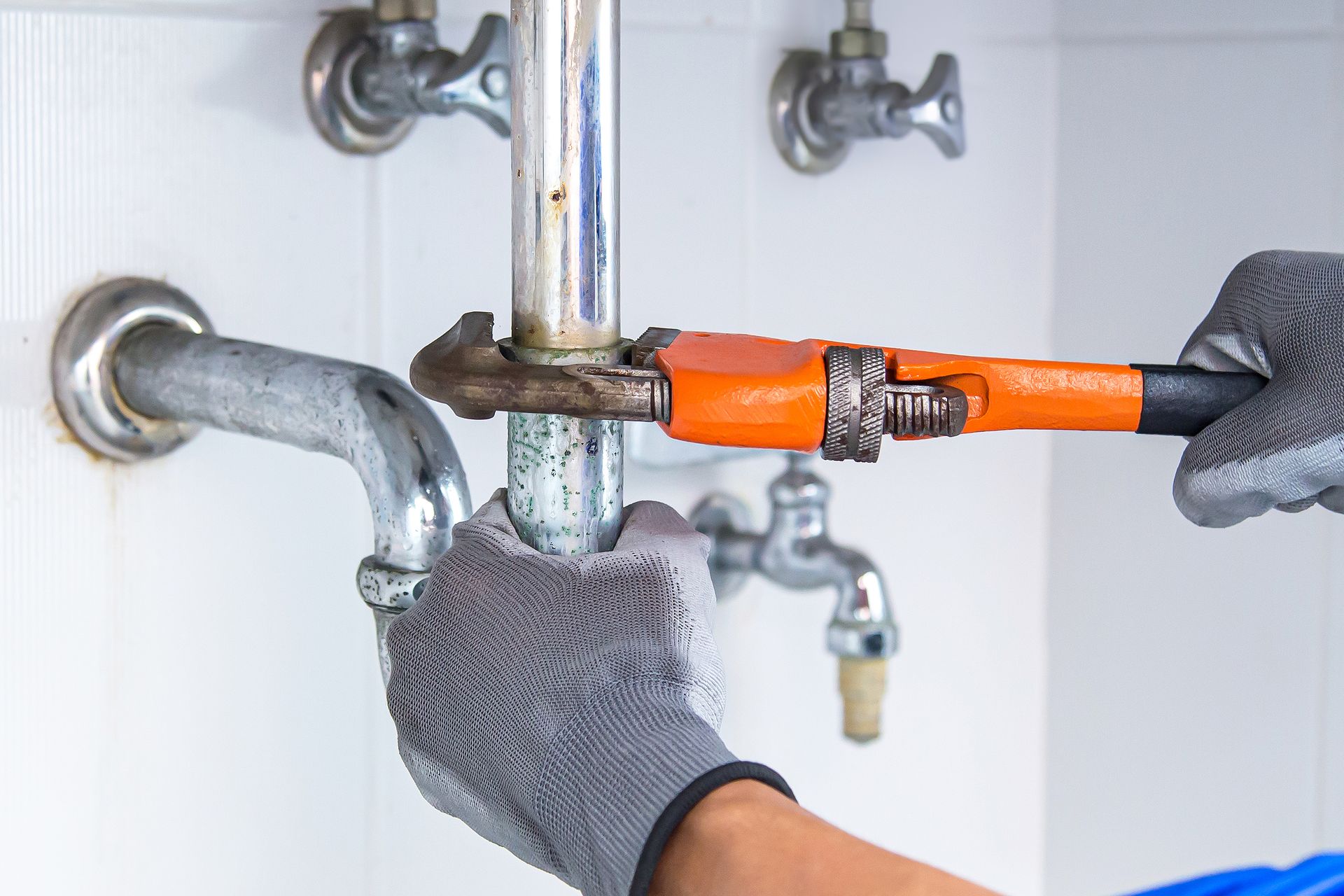
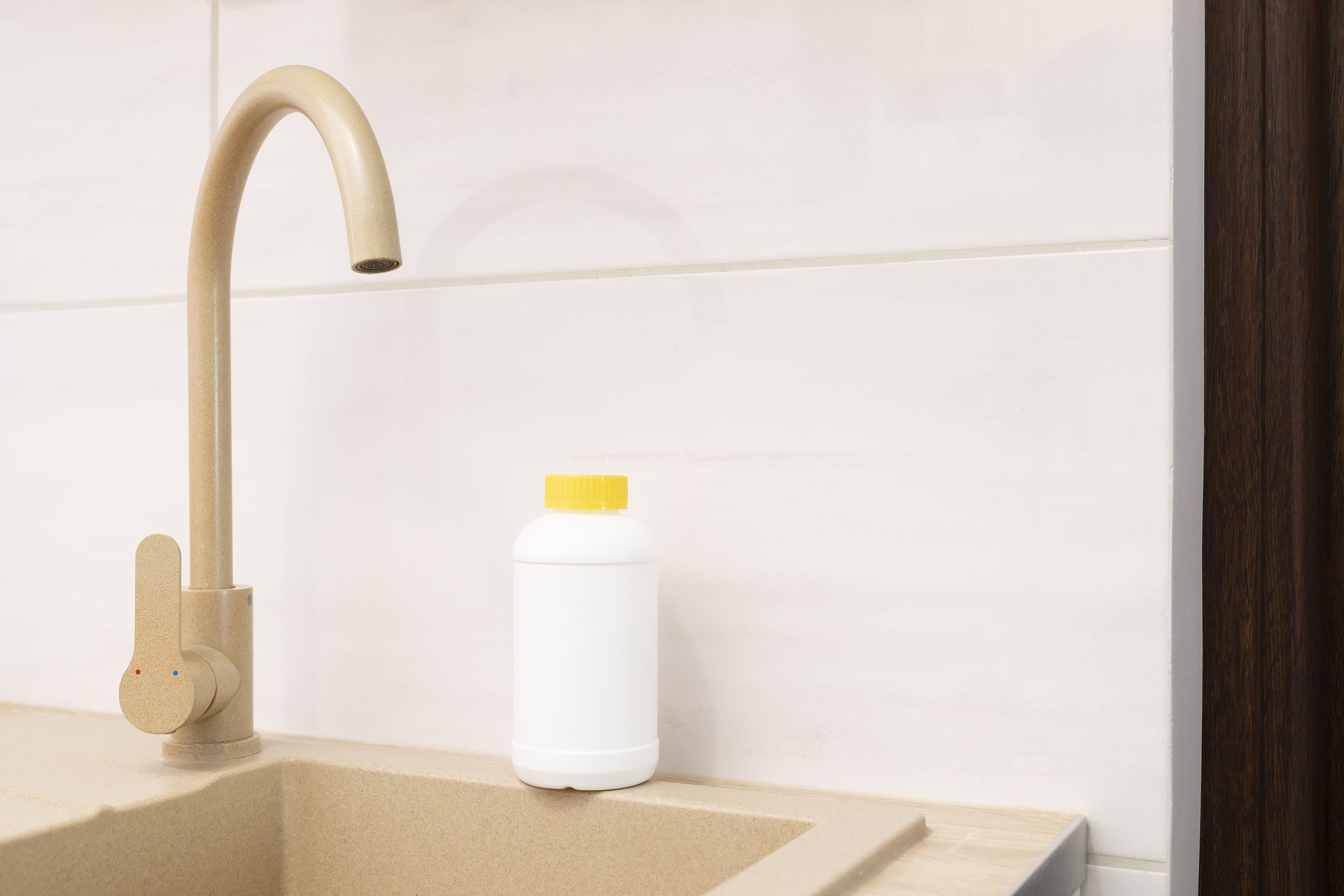
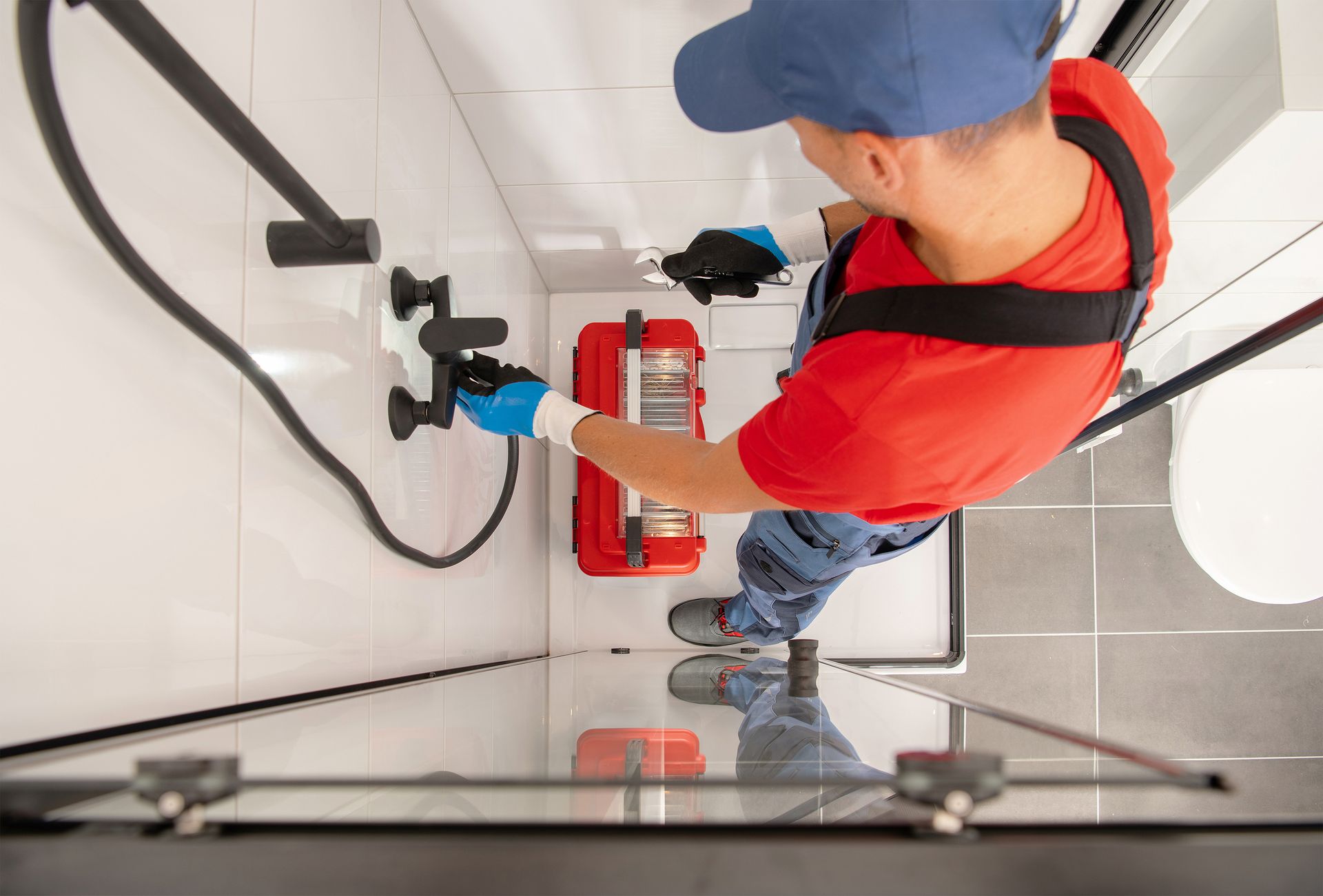
Share On: